Do you know which is the most decorated Christmas tree? The Nordman tree, because it's the best-selling tree in the world. It's symmetrical, with a classic triangular shape, has branches so arranged that there's room for ornaments and decorations, and is lush and rich. Of the countries that sell Christmas trees, Denmark is probably the biggest, with 10-12 million sold each year. Let's find out more about the Nordmann tree and, more importantly, see how Denmark managed to achieve such sales.
The Nordmann Tree - what makes it so special
Although it looks like a northern tree by name, the Nordmann tree is named after the Finnish botanist Alexander von Nordmann, who discovered it in Georgia. The botanist was attracted by the tree's dark green colour, triangular shape, richness of branches, long soft needles and discreet resin scent.
The native range of Nordmann fir is Turkey, Georgia, Northern Armenia, the mountains around the Black Sea and the Russian Caucasus. The scientific name is Abies Nordmanniana. The fir can reach 55-65 m in height and 2 m in diameter. It grows faster than other fir species and is resistant to disease. The resin does not have as strong an odour as other species and does not cause allergies in sensitive people. As a curiosity, a 2m fir has about 200,000 needles.
All the qualities outlined above, plus the fact that it stays fresh for a long time after being cut and the needles do not fall off, has made Nordmann the preferred Christmas tree, gradually replacing other species. It began to be cultivated, just like flowers and vegetables in the Netherlands, "coming out" of the forest and into the agricultural area. That's how pine tree farms came about. Despite the fact that the discoverer of the Nordmann fir was Finnish, the country where the Nordmann fir acclimatised best was Denmark. Here there is an association of fir farmers - Danish Christmas Tree Association - which has about 4000 members, all Christmas tree growers, the largest proportion being Nordmann fir.
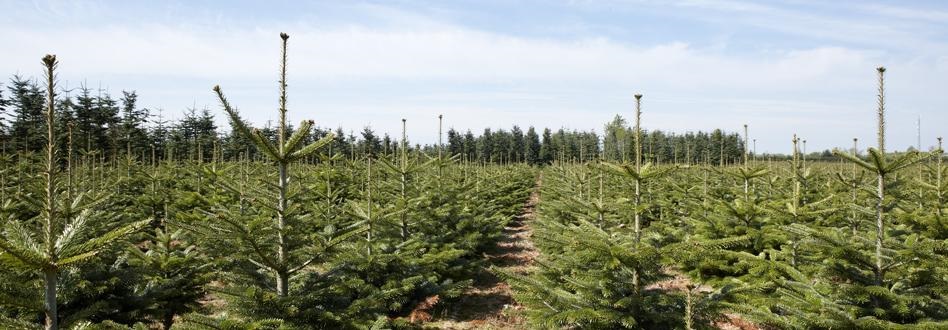
How Denmark became Europe's leading supplier of fir trees
Members of the Danish Christmas Tree Breeders' Association export between 10 and 12 million trees, mostly Nordmann, and 4200 tonnes of wax and cones annually. The country that imports the largest quantity of wax is Poland, which has a whole industry that transforms these materials into wreaths, garlands and other similar products for Christmas, which it in turn exports all over Europe.
Although the first Christmas tree was decorated in Denmark in 1808Christmas tree cultivation only started after the Second World War. Now Denmark is the largest grower and exporter of Christmas trees in Europe, even the world according to some sources (others rank it second in the world after the USA, but first in Europe). The sandier soil, mild coastal climate, frost-free springs and cooler summers have made the Nordmann fir very adaptable. In addition to the Nordmann fir, the Nobel fir can also be found on Danish farms, but the percentage is much lower.
Over time the number of farms growing fir trees has increased and the number of trees sold has also increased. In 1999, of the 7 million fir trees sold, only about 600,000 were for Denmark, the rest were exported. The main external recipient was Germany where 60% of the exported trees were sold.
Denmark, Norway's tree supplier
Denmark's development as the main supplier of Christmas trees may seem a little strange. It would have been much more plausible for countries like Sweden, Norway or Finland to be in this position, each with extensive forests and a highly developed forestry industry. And yet, unbelievable though it may seem, Norway imports almost all the Christmas trees it needs from Denmark.
But this is not about the forestry industry but about agriculture. Denmark has chosen to grow a product and has done it very well. The fact that the fir trees feel at home in the Danish soil and climate has made this part of agriculture grow a lot. Mechanisation was introduced and everything was done to the highest standard.
It seems incomprehensible how farmers choose to invest in a business that brings a profit after quite a long time. Because a Christmas tree doesn't grow in a year. And to grow properly it needs care all those years when there is no profit. It would be interesting to learn from a farmer what it means to have a tree farm.
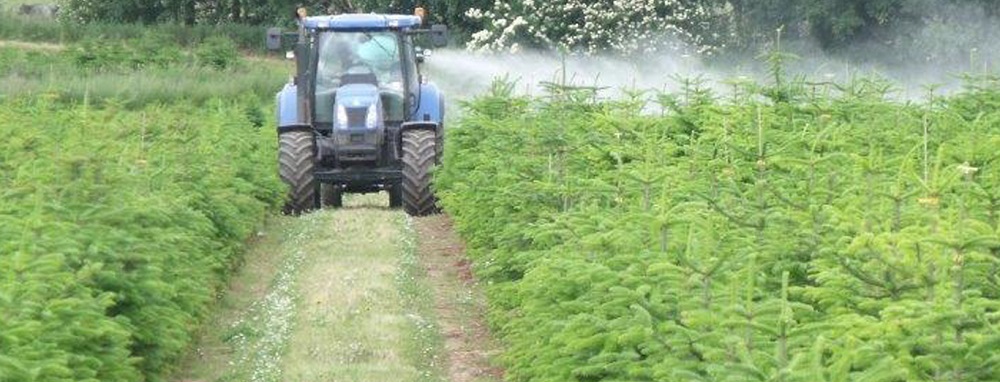
How to grow trees. What is a tree farm.
Bernt Johan Collet has been running a fir farm in Sydsjaelland for 50 years - Collet farm. It is one of the largest producers of fir trees in Denmark, harvesting 600,000 trees a year which reach 17 countries. He says the process is slow and it takes a lot of patience to make a profit. The trees take four years from the time they are planted until they are removed and planted outside. Until then they grow in specially designed greenhouses. After that it takes a further 8 years until the tree reaches the size at which it can be felled. So to become profitable, the farm needs 12 years.
To ensure continuity, 20,000 seeds are planted daily at the Collet farm. From these come plants that are selected to produce quality fir trees. They are first tended in greenhouses, where they are provided with the necessary conditions for proper development. They are then replanted outside, with the space around them to grow harmoniously.
For a farm to develop well, it needs the right knowledge and the right machinery. For example, planting is done with GPS machines so that the plant has enough space to grow and the land is not wasted.
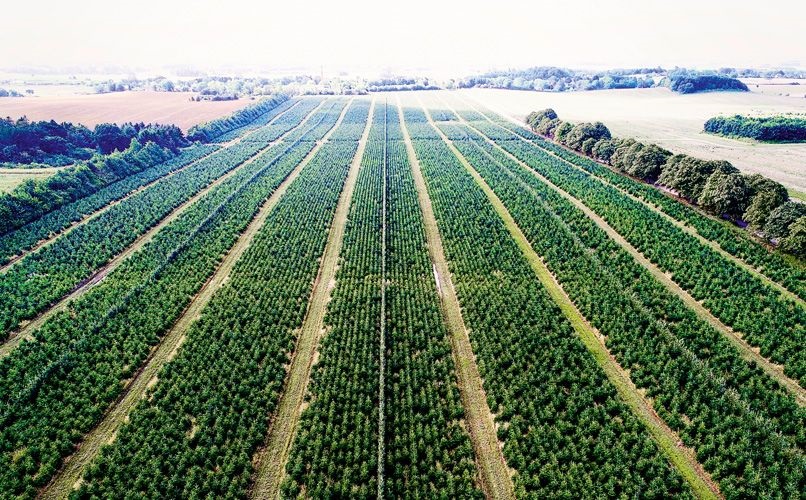
photo source: scandinaviantraveler.com
They have 3 weeks to harvest and ship 600,000 Christmas trees worldwide
The busiest time on the Collet farm is harvest time. It's in late autumn and lasts 3 weeks. During this short time the trees are harvested, packed, palletised, loaded onto trucks and shipped to 17 countries. Before they are harvested the cones are gathered, weeds are removed and the trees are marked. The number of employees has grown from 20 over the year to 260. They work in three shifts to get everything ready on time. Around 1,000 lorries are loaded and sent to Germany, the Netherlands, France, Norway, Poland and other countries in Europe and around the world.
Collet says there are many who ask him what he does the rest of the year, and he's convinced they imagine the rest of the year is one continuous vacation for him. He assures them that this is not the case, as the trees need constant care, watering, cleaning and weeding. There is also a need for activity in the greenhouses, where the little plants need a lot of attention. Work on the tree farm is continuous, as it is on any farm.
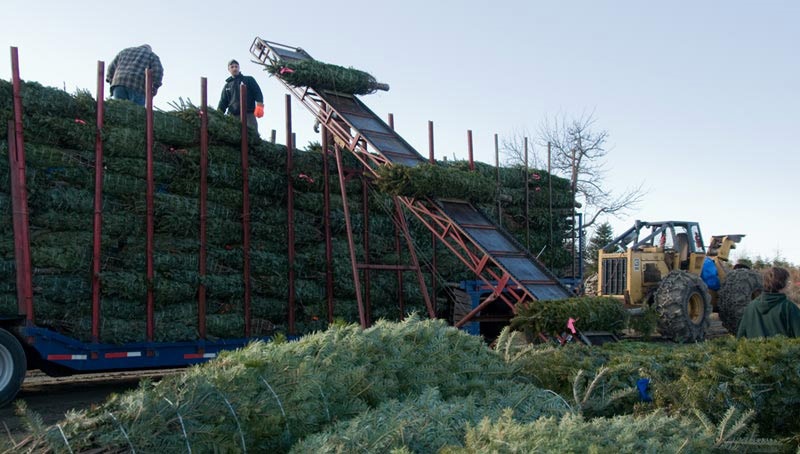
Also from the farmers we find out some tips to have a beautiful Christmas tree
Farmers give us some tips to make the most of the Christmas tree:
- the tree should not be brought suddenly from the very low temperature outside to the high temperature inside. Acclimatisation should be done gradually and if possible, keep the tree in a cooler area before bringing it inside;
- to last as long as possible, the stem should sit in a pot of water. Before putting it in the pot, a minimum of 1 cm of the stalk should be cut off to improve absorption;
- The fir tree absorbs moisture and through needles it is therefore good to sprinkle it with water from time to time with a sprayer. The same should be done with potted trees;
- the tree should be as far away from the heat source as possible. The cooler it is, the longer it will last.
Christmas trees bring us joy at this wonderful time. We love to sit with family and friends around it, sing carols and enjoy together. It's the most wonderful time of the year, isn't it? 🙂
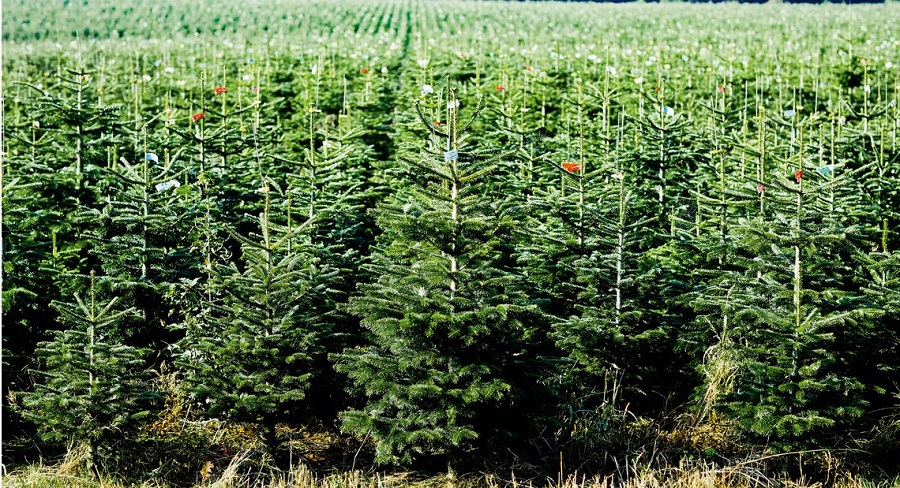

























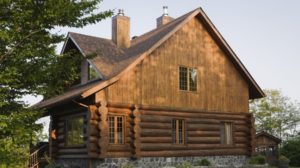
Good, well researched articles! Happy birthday with joy health and happiness I wish you!
Thank you! Happy birthday to you too! Merry Christmas and Happy Holidays!